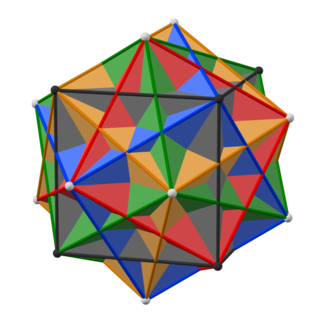Related Research Articles
29 (twenty-nine) is the natural number following 28 and preceding 30. It is a prime number.
34 (thirty-four) is the natural number following 33 and preceding 35.
93 (ninety-three) is the natural number following 92 and preceding 94.
1000 or one thousand is the natural number following 999 and preceding 1001. In most English-speaking countries, it can be written with or without a comma or sometimes a period separating the thousands digit: 1,000.

360 is the natural number following 359 and preceding 361.
500 is the natural number following 499 and preceding 501.
700 is the natural number following 699 and preceding 701.
800 is the natural number following 799 and preceding 801.
257 is the natural number following 256 and preceding 258.
177 is the natural number following 176 and preceding 178.
209 is the natural number following 208 and preceding 210.
353 is the natural number following 352 and preceding 354. It is a prime number.
20,000 is the natural number that comes after 19,999 and before 20,001.
60,000 is the natural number that comes after 59,999 and before 60,001. It is a round number. It is the value of (75025).
262 is a natural number preceded by the number 261 and followed by 263. It has the prime factorization 2·131.
287 is the natural number following 286 and preceding 288.
291 is the natural number following 290 and preceding 292.
304 is the natural number following 303 and preceding 305.
299 is the natural number following 298 and preceding 300.
307 is the natural number following 306 and preceding 308.
References
- ↑ "Facts about the integer". mathworld.wolfram.com.
- ↑ Harminc, Matus; Sotak, Roman. "Palindromic Numbers in Arithmetic Sequences". citeseerx.ist.psu.edu.
- ↑ Sloane, N. J. A. (ed.). "SequenceA001358(Semiprimes (or biprimes): products of two primes)". The On-Line Encyclopedia of Integer Sequences . OEIS Foundation.
- ↑ "Properties of Semi-primes" (PDF). mae.ufl.edu.
- ↑ Sloane, N. J. A. (ed.). "SequenceA115981(The number of compositions of n which cannot be viewed as stacks)". The On-Line Encyclopedia of Integer Sequences . OEIS Foundation.
- ↑ "Bipartite graphs". mathworld.wolfram.com.
- ↑ Salvatore, Jimmy. "Biparite Graphs and Problem Solving" (PDF). www.math.uchicago.edu.